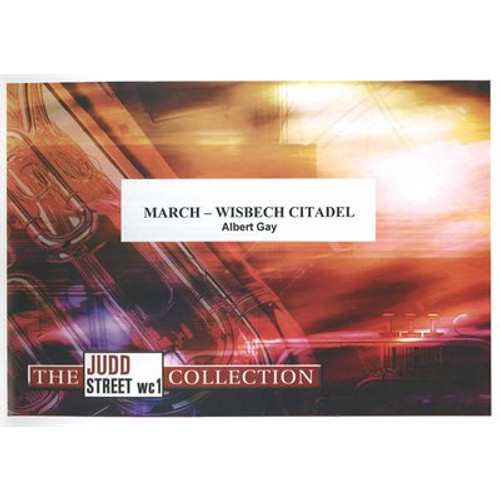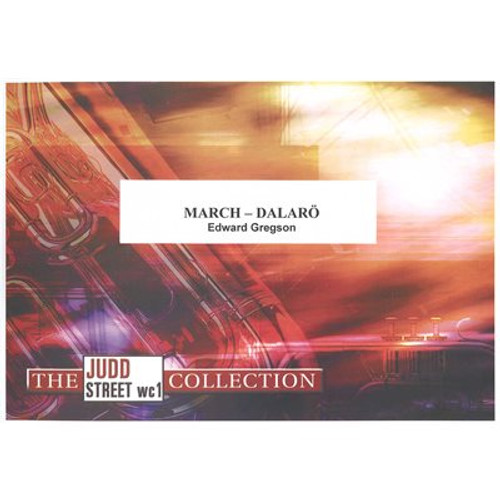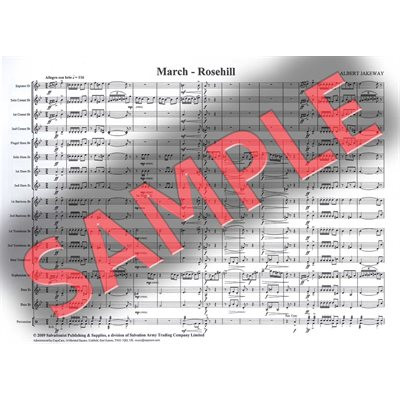Product Description
Comments by Colonel Albert Jakeway
Introduction ᄀᆰ A quaver pickup commencement for full band invariably results in a false or ragged start; mention of this and a reminder to the band by the bandmaster can remedy this. The clear-cut 'square-toed' music which follows could restore complete confidence should and uncertain opening be made.
Section A ᄀᆰ This is lengthy first subject is packed with interest, providing a good example of contrasted part writing. Although presenting a somewhat broken appearance the principal subject claims priority. The melodic and harmonic scheme is bound up in the cornet and tenor trombone families. This being the case, it will be advisable to rehearse these parts as a complete unit in order to ensure unanimity. Even without the rest of the band this can stand up on its own account. In direct contrast, two independent countermelodies are given, these being by baritones, and by flugel and euphonium respectively, the latter being particularly interesting because of its color and range. It therefore only now remains to mention that the usual 'oompahs' are left to horns and basses. Before leaving this subject it is significant that until the last eight bars are reaching the dynamic force demanded is mezzo forte only.
Section B ᄀᆰ Laid out on more orthodox lines, the second subject will make lesser demands but is nevertheless an attractive and delightful foil to the previous subject, particularly if all dynamics are faithfully observed. At the conclusion a return to the first subject (section A) is made.
Section C ᄀᆰ An extract from a vocal march published in The Musical Salvationist (August, 1916) under the title A call to war is used as the bass solo. It was as such that it appeared vocally, and it was popular in its days of publication. Little need be said of this presentation, for it is on familiar lines.
Section D ᄀᆰ Of unusual length, this introduction to the trio is a subject on its own account and once again provides for much interest because of its detail. Trumpet-like figures predominate as a glance at the score will reveal. Clean, crisp note production is the answer to the desire for a good performance. Dynamics are many and varied and must be intelligently handled. See that the lead-in to the trio subject which follows observes the well graded diminuendo.
Section E ᄀᆰ The melody is song-like and must be rendered in like manner. Although on orthodox lines the accompaniment is full of interesting effects. Very little trouble should be encountered, as much of the music is familiar to average players. See that contrast is made by playing to the given dynamic. With the usual observance of the Da Capo the march concludes.
(view series guide)
Produced by The Salvation Army, SP&S, UK













